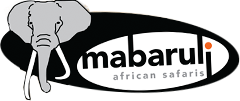Blog
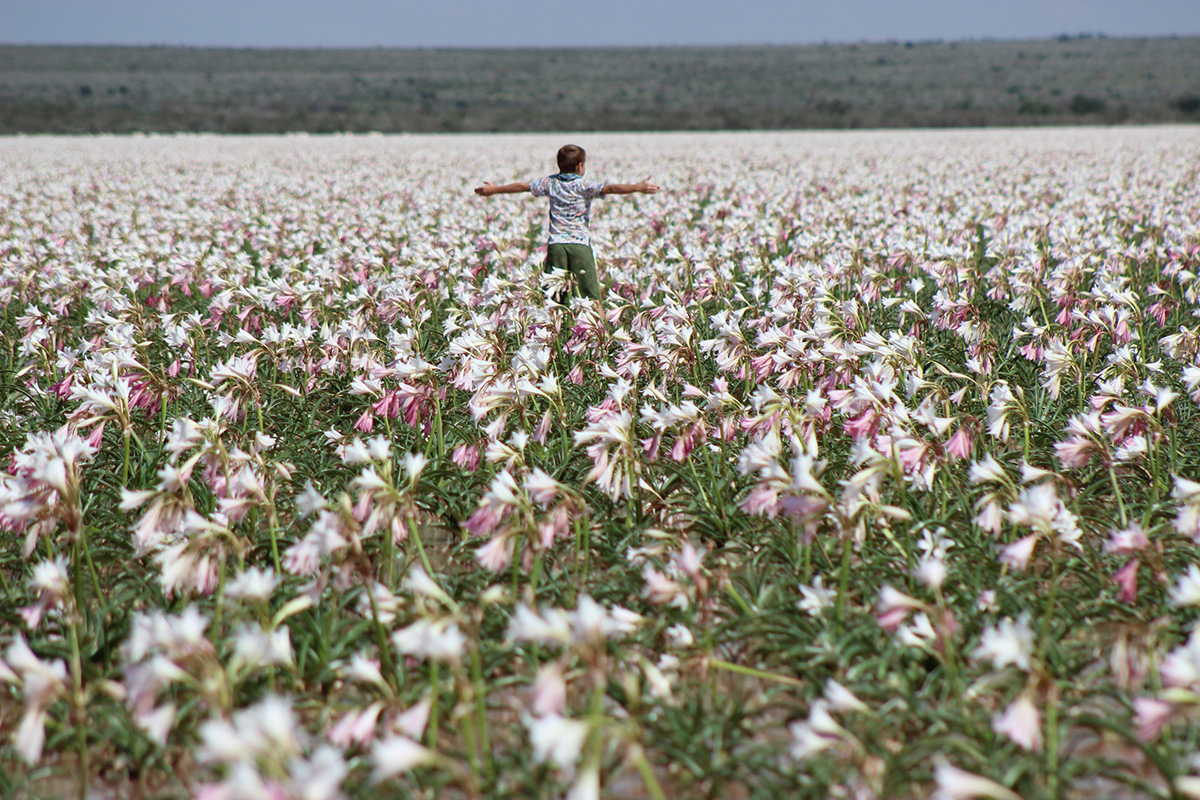
Magnificent Namibia in the rainy season
During January, Namibia have been blessed with above-average rainfall thus far. Last time Namibia has received heavy rain and floods was January 2011, but this year January 2021, has set a new rainfall record in Windhoek, the Meteorological Services of Namibia reported.
The rain season in Namibia begins December/January, when temperatures are between 30-35 degrees. This year’s rain season has already filled areas with water that normally. Sossusvlei & Sesriem Canyon are filled with water and provided adventure and entertainment for all visitors over weekends.
Water in the Namib Desert
Sandhof Lilies
In 2020, the Sandhof lilies bloomed for the first time in 3 years after, this year, 2021 they bloomed again!!
The Sandhof Lilies grow in a clay pan on the farm Sandhof situated about 40km outside Maltahöhe. These flowers only bloom for a shirt period of time, thus the sighting is very rare and special.
The funnel-shaped flowers (Crinum Paludosum) only bloom after there has been enough rain, about 30cm of water is needed in the clay pan. They only last 6 to 7 days before they change colour from pink to white, and the whiter.
These flowers belong to the Amaryllis plant species and can be found in Namibia, although they do appear in Bostwana as well on rare occasions.

A huge fields of lilies grow in a ground depressions/flats/clay pans where rain water collects, in the area of town Maltahohe, on Farm Sandhof.
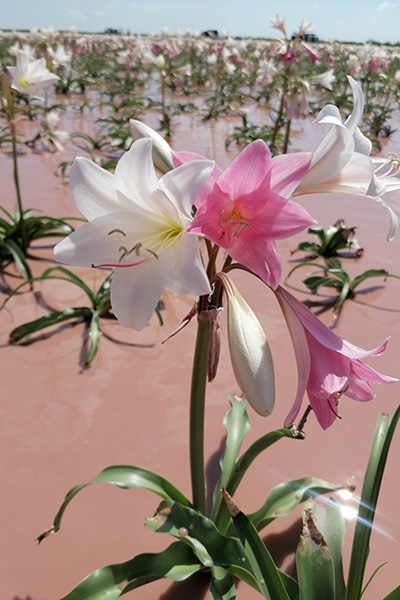
Crinum Paludosum, a funnel shaped flowers commonly known as bushveld vlei lilies bloom in marshy areas and only last for six or seven days before they change colour from pink to white and wither afterwards.
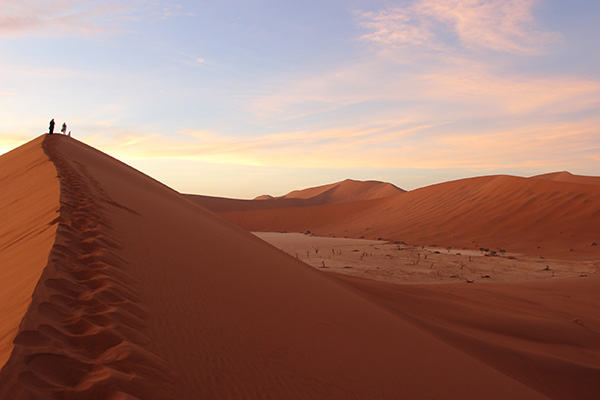
The views of the Namib Desert and the parched Deadvlei pan from Big Daddy Dune are breath-taking.
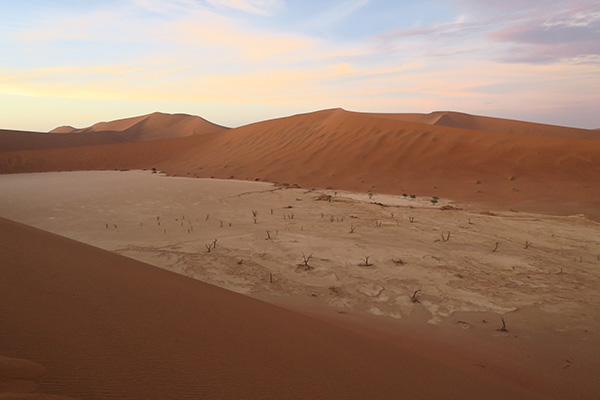
Deadvlei is a white clay pan located near the more famous salt pan of Sossusvlei, inside the Namib-Naukluft Park in Namibia. Also written DeadVlei or Dead Vlei, its name means "dead marsh" (from English dead, and Afrikaans vlei, a lake or marsh in a valley between the dunes).
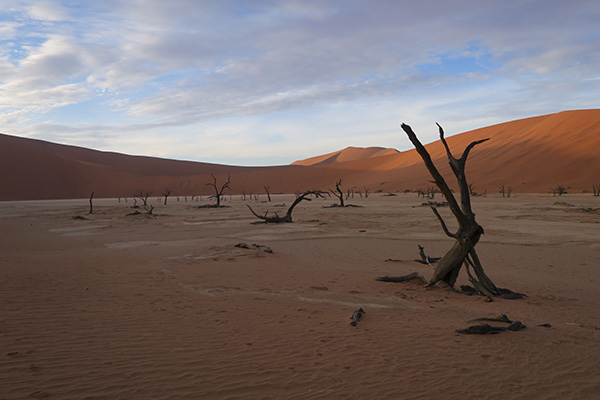
A river used to flow through Deadvlei and periodically flood the area, keeping the dunes contained to its periphery. Its water once provided life to the camel-thorn trees that now stand as eerie skeletons in the pan.

Sossusvlei is a salt and clay pan surrounded by high red dunes, located in the southern part of the Namib Desert, in the Namib-Naukluft National Park of Namibia.
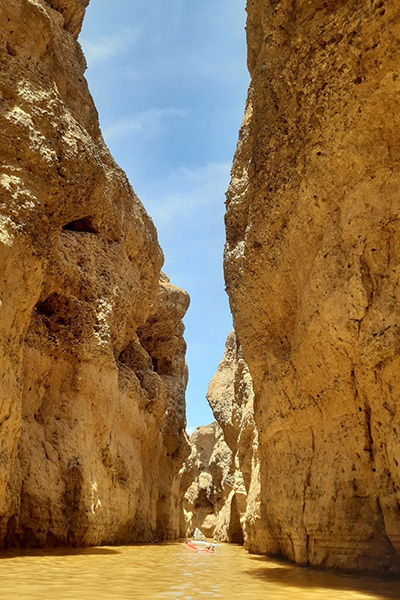
Sesriem Canyon is located approximately 4.5km from the entrance gate of the Namib-Naukluft National Park. The Tsauchab River has shaped the Canyon over millions of years and it is one of the few places in the area that holds water all year round
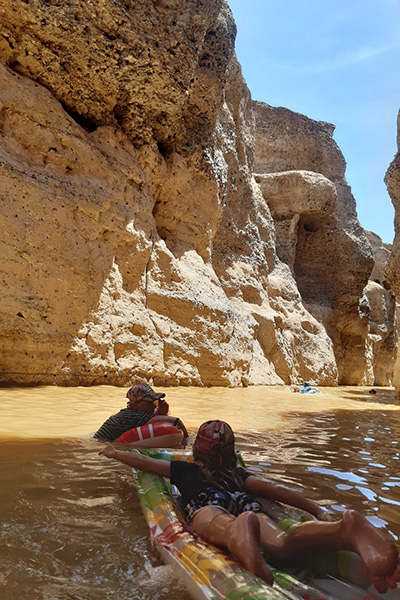
The early Afrikaans explorers in the region named the canyon after the fact that they had to use six (“ses”) leather straps (“riem”) tied together to create a rope long enough to lower buckets into the canyon below, in order to fetch water.

One of the most photographed dunes is the Elim Dune.
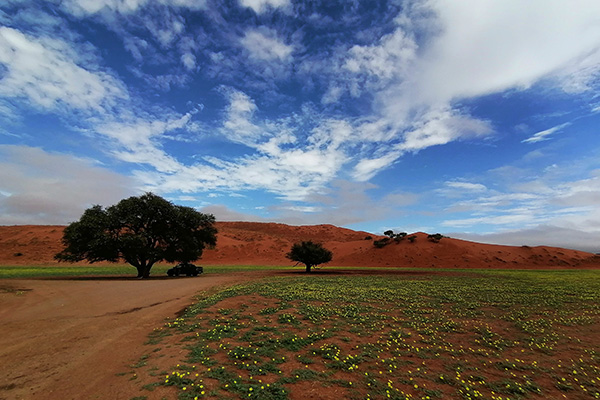
Elim Dune is the farthest inland dune in Sossusvlei. The dune is covered with a few tufts of grass and fairly easy to climb.
